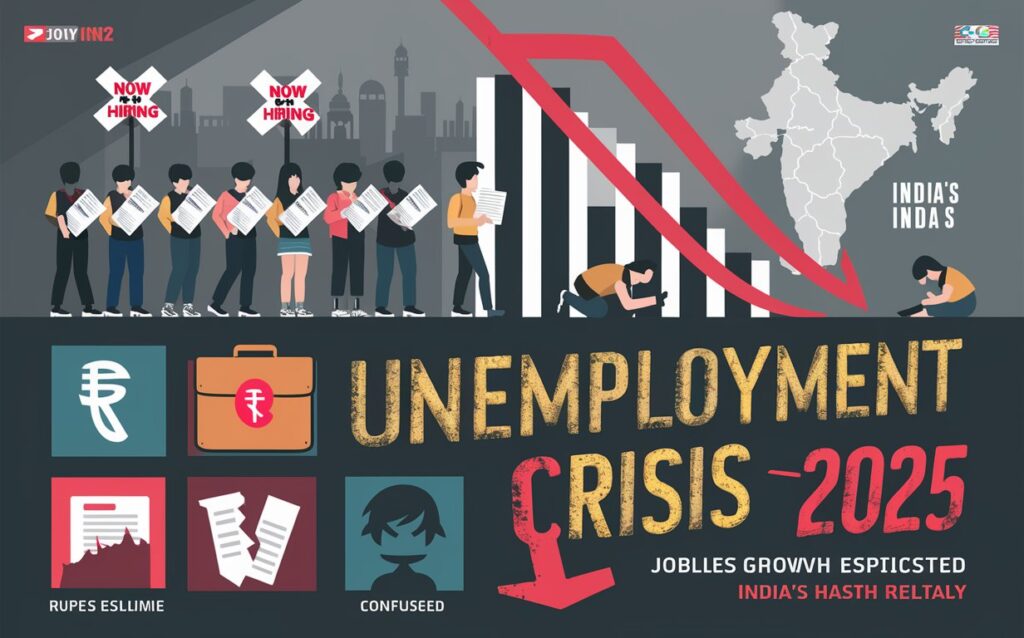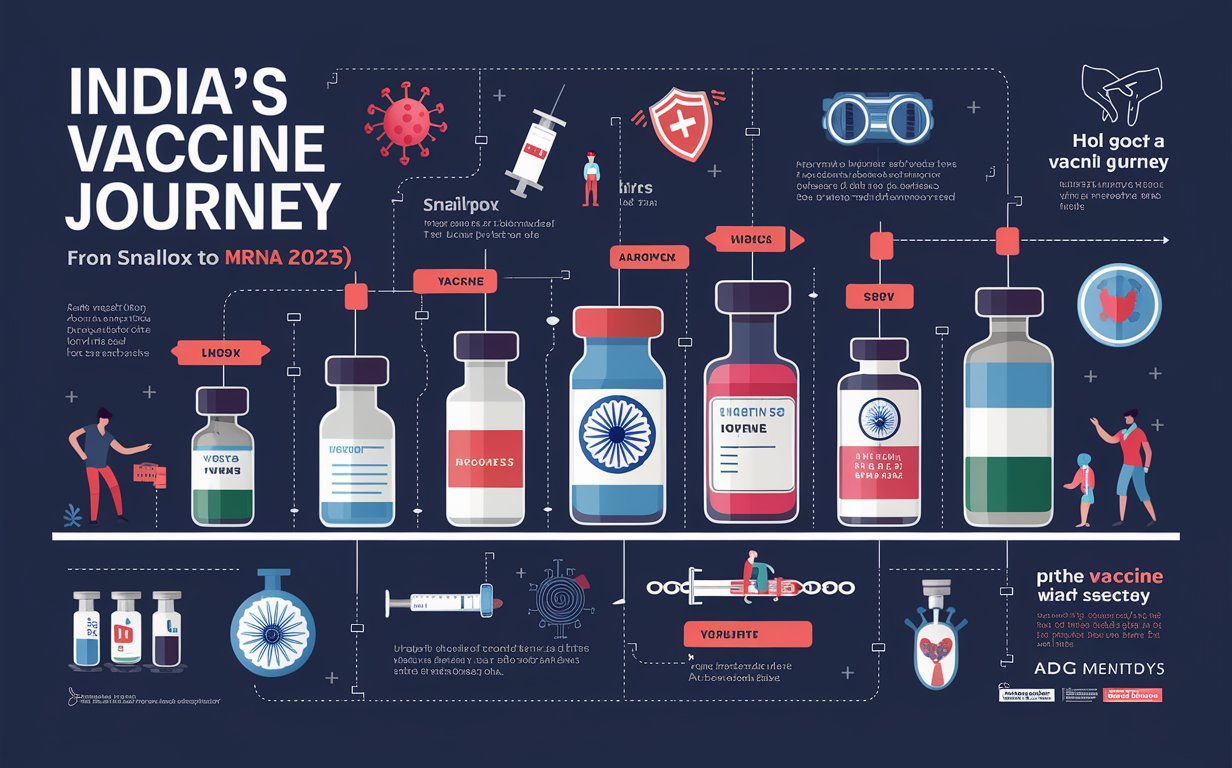📉 India’s Unemployment Crisis 2025: The Harsh Truth Behind Jobless Growth
India’s economy is growing at 6.9% in 2025, yet unemployment is at a decade-high of 8.7%, with youth unemployment crossing 28%. This contradiction — booming GDP with shrinking jobs — is what economists now call jobless growth. As millions of Indians struggle to find work, frustration is growing across urban and rural populations.

🧑🎓 Youth Hit the Hardest
Graduates, engineers, and MBAs are now competing for roles like data entry and delivery driving. India produces over 1 crore graduates annually, but the economy is unable to absorb them due to:
- Automation and AI replacing low-skill jobs
- Lack of practical, industry-ready skills
- Over-saturation in fields like IT and MBA
- Shrinking government job openings
In Tier-2 cities like Bhopal, Patna, and Nagpur, B.Tech graduates are applying for peon posts.
🧱 Informal Sector Collapse
India’s informal sector — which once provided over 85% of total jobs — was crippled by COVID-19, and it hasn’t fully recovered. Small shops, vendors, artisans, and gig workers face:
- Declining sales due to e-commerce
- Inflation-driven shutdowns
- Platform exploitation (e.g., low delivery fees on food apps)
- No job security or health benefits
Many migrant workers who returned to their villages post-2020 are still unemployed or underemployed in 2025.
📊 Sectors Not Creating Enough Jobs
Even high-growth industries are failing to generate proportionate employment:
- Tech prefers automation and cloud platforms
- Banking is cutting staff due to mobile banking
- Manufacturing hasn’t scaled due to global import dependency
- Retail is going digital, cutting store staff
Only healthcare, logistics, green energy, and cybersecurity show modest job creation, but not enough to bridge the gap.
🏛️ Government Schemes: Success or Hype?
The government launched schemes like:
- PM Vishwakarma Yojana for artisans
- Skill India Mission 2.0
- Startup India Job Portal
- Mahatma Gandhi National Fellowship
Yet, implementation lags behind. Many rural job seekers complain of zero awareness, complex paperwork, and lack of follow-up.
Experts say the schemes need private partnership, on-ground tracking, and state-level customization to succeed.
📱 Social Media and Mental Health Impact
Unemployed youth are turning to Instagram, YouTube, and content creation as income options. Some succeed, but most face algorithm pressure, burnout, and online trolling.
With unemployment comes anxiety, depression, and loss of self-worth. Suicide helplines report a 21% rise in distress calls from jobless youth in the first half of 2025.
💼 What Needs to Change
- Focus on vocational and digital skill-building over degrees
- Ease of doing business for rural startups and self-employment
- Incentives for companies to hire apprentices and freshers
- Job-linked education models in schools and colleges
- Support for women-led businesses and flexible remote work
India must rethink employment as not just a number game, but a dignified, inclusive, and sustainable system.
✅ Conclusion
Unemployment in India 2025 is a ticking time bomb. GDP alone cannot measure success unless it creates jobs. With the right reforms, investments in skill development, and accountability in execution, India can convert its demographic dividend into an employment revolution. 🧑💼📉🇮🇳
DoFollow External Links:
Internal Links:



Post Comment